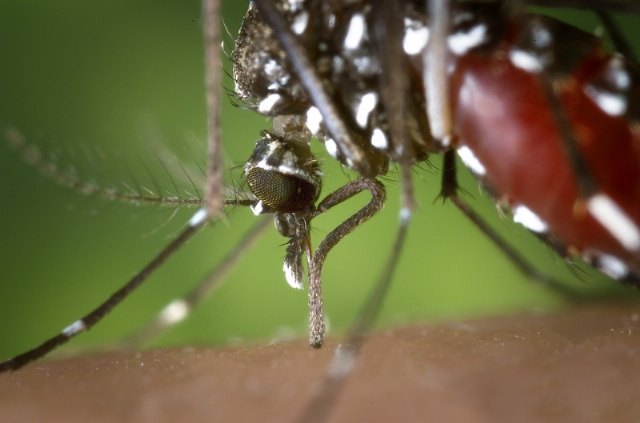| To control its presence in public spaces of the municipality | The Totana City Council participates in the Regional System of Entomological Surveillance of the Tiger Mosquito, a program is carried out between the attached municipalities, the Ministry of Health and the Faculty of Biology of the University of Murcia.The Department of Health, through the concessionaire company of the pest control service in the urban environment LokÝmica SA, has been acting regularly, when established by the entomological calendar, in the installation of various traps in order to monitor the presence of tiger mosquito (Aedes albopictus) in public spaces and infrastructures of Totana susceptible to its presence.This action, which has already been carried out in recent years, has enabled the presence of specimens of this species of mosquito to be certified in various locations in both the urban area, urbanizations and rural areas.These traps remain active from April to mid-December, and they are checked every two weeks in order to detect the presence of this mosquito.On the part of the municipal veterinary services, we proceed periodically to the treatment of rainwater scuppers, as well as in water ponds, by applying larvicidal and adulticide insecticidal products.The tiger mosquito (Aedes albopictus) is a potential vector of viral diseases, such as Dengue, Chikungunya, or Zika.
It does not need large sheets of water for its breeding, but it prefers small pools of water such as containers, plates or pots that are in the gardens, patios and private terraces for pots, buckets with water, small fountains or ornamental lakes, drains from patios, terraces or swimming pools with water, drinking fountains for pets, gutters, ashtrays, etc.For its control, it is necessary for the neighbors to review the facilities of this type that may be had in the homes, avoiding small accumulations of water, or frequently renewing the water in them.The tiger mosquito is a small mosquito, adults do not usually exceed 5 millimeters in length, it is therefore smaller than the mosquitoes that we are used to seeing.On the other hand, it is a mosquito that usually has a low flight, so the bites mainly occur on the legs, and sometimes they can cause more obvious inflammatory reactions than those of native mosquitoes.
The activity of these mosquitoes is not limited to nighttime hours, but is continuous throughout the day.To avoid their bite, it is advisable to use repellants against mosquitoes when going out to the gardens, terraces and patios of the houses, as well as the adoption of measures that avoid small water puddles.
Among the repellent products that exist on the market, those that have been proven to be the most effective in protecting against the tiger mosquito are those that include in their composition: DEET (18%), IR3535, ICARIDINE (15%) or CITRODIOL.
The use of CITRONELLA-based products has not been proven effective.In the case of suspicion of the presence of a tiger mosquito in a home, residents can contact the City Council throughá


